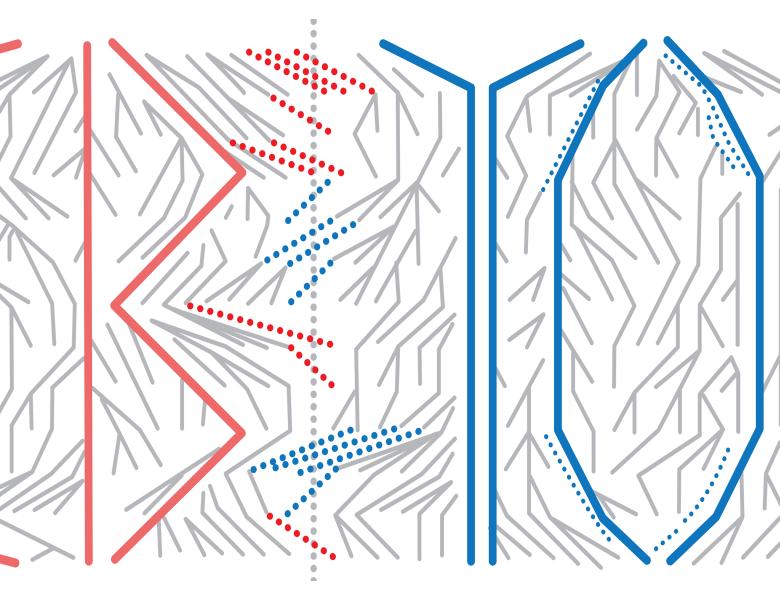
Abstract
Chromosomal segments that are identical by descent (IBD) were recently shown to convey information about population-level features such as demography, natural selection and heritability of common traits. In a recent work [1], we have developed analytical models for the relationship between haplotype sharing and demography, and shown that IBD sharing provides an effective way for reconstructing demographic events of the recent millennia, where classical methods are typically underpowered. We now extend the developed models to accommodate the simultaneous analysis of multiple demes, providing insight into recent migration rates as well as population size fluctuations. Using this approach we analyzed sequencing data for 498 unrelated individuals from 11 Dutch provinces (The Genome of Netherlands Project). Pairs of individuals from all the analyzed provinces are found to share several IBD segments of length greater than 1 centimorgan (cM), suggesting recent common ancestry of these groups. We observe a north-to-south gradient of declining IBD sharing frequency. While the chance of sharing long (>7 CM), extremely recent IBD segments correlates with modern-day geographic distance, shorter segments are more frequently shared with individuals currently residing in the north of the country, regardless of the individuals’ modern location. Using the developed analytical methods, we reconstruct coalescent distributions and migration rates across the analyzed provinces. In all cases we find evidence for recent exponential growth at different rates for different provinces, with substantial recent gene flow between these demes. Using the retrieved model, we estimate the average haploid pair of Dutch individuals in the studied dataset to find a common ancestor ~1600 years before present, with earlier common ancestors typically found in northern provinces and variation that depends on modern geographic location.


